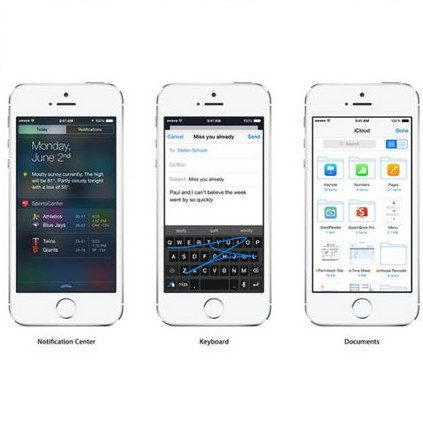Federated recommender systems (FedRecs) have been widely explored recently due to their ability to protect user data privacy. In FedRecs, a central server collaboratively learns recommendation models by sharing model public parameters with clients, thereby offering a privacy-preserving solution. Unfortunately, the exposure of model parameters leaves a backdoor for adversaries to manipulate FedRecs. Existing works about FedRec security already reveal that items can easily be promoted by malicious users via model poisoning attacks, but all of them mainly focus on FedRecs with only collaborative information (i.e., user-item interactions). We argue that these attacks are effective because of the data sparsity of collaborative signals. In practice, auxiliary information, such as products' visual descriptions, is used to alleviate collaborative filtering data's sparsity. Therefore, when incorporating visual information in FedRecs, all existing model poisoning attacks' effectiveness becomes questionable. In this paper, we conduct extensive experiments to verify that incorporating visual information can beat existing state-of-the-art attacks in reasonable settings. However, since visual information is usually provided by external sources, simply including it will create new security problems. Specifically, we propose a new kind of poisoning attack for visually-aware FedRecs, namely image poisoning attacks, where adversaries can gradually modify the uploaded image to manipulate item ranks during FedRecs' training process. Furthermore, we reveal that the potential collaboration between image poisoning attacks and model poisoning attacks will make visually-aware FedRecs more vulnerable to being manipulated. To safely use visual information, we employ a diffusion model in visually-aware FedRecs to purify each uploaded image and detect the adversarial images.
翻译:暂无翻译





